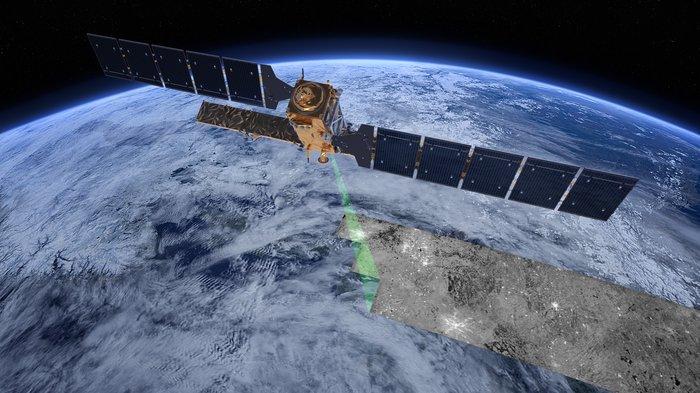
PUBLICATIONS
Published works

Guidelines on the optimal use of remote sensing data to improve the accuracy of hydrologic and hydraulic models
| Title | Guidelines on the optimal use of remote sensing data to improve the accuracy of hydrologic and hydraulic models |
| Publication Type | Report |
| Year of Publication | 2020 |
| Authors | Pauwels, V, Walker, J, Grimaldi, S, Wright, A, Li, Y |
| Document Number | 600 |
| Date Published | 08/2020 |
| Institution | Bushfire and Natural Hazards CRC |
| City | MELBOURNE |
| Report Number | 600 |
| Keywords | flood forecast, hydrologic, hydrological models, remote sensing data |
| Abstract | Floods are among the most damaging natural disasters in Australia. In order to limit the personal and economic damage caused by floods, land and emergency managers need to rely on flood forecasting systems. These systems consist of a hydrologic model and a hydraulic model. The hydrologic model calculates the amount of water that enters the river network, while the hydraulic model computes how that water moves throughout the river and floodplain. The accuracy and reliability of flood forecasting systems has significantly improved in the last decades. However, errors and/or uncertainties in model structures and parameters, input data, and/or meteorological forcings often hamper the accuracy of predictions. This document confirms that remote sensing data can be used to improve the accuracy of hydrologic and hydraulic models and thus ultimately improve the flood forecast accuracy. More specifically, remotely sensed soil moisture data are used to improve the hydrologic forecast skill of ungauged sub-catchment streamflow locations through multi-objective calibration. A pragmatic approach to select the optimal hydrologic model, optimized rainfall product, and remotely sensed soil product is outlined. Routines to assimilate and smooth streamflow and remotely sensed soil moisture observations over the length of a unit hydrograph are provided for improving forecast capability. Further, remotely sensed inundation extent and water level are used to improve the accuracy of the hydraulic model. This spatially distributed information is essential for understanding the floodplain inundation dynamics, adequately setting-up the hydraulic model and effectively constraining its parameters. The research underpinning these guidelines is consistent with the findings of ongoing research efforts worldwide and has contributed to the development of knowledge and a pragmatic framework for application in the Australian context. The methodologies presented in these guidelines for optimal use of remotely sensed data to improve the predictive skill of flood forecasting models can be applied by operational agencies. Moreover, the techniques for the analysis of remotely sensed data support and complement the existing capabilities of Geoscience Australia, and the hydrologic model assimilation has been implemented by the Australian Bureau of Meteorology. |
| Refereed Designation | Non-Refereed |
Published Works


